Title page:
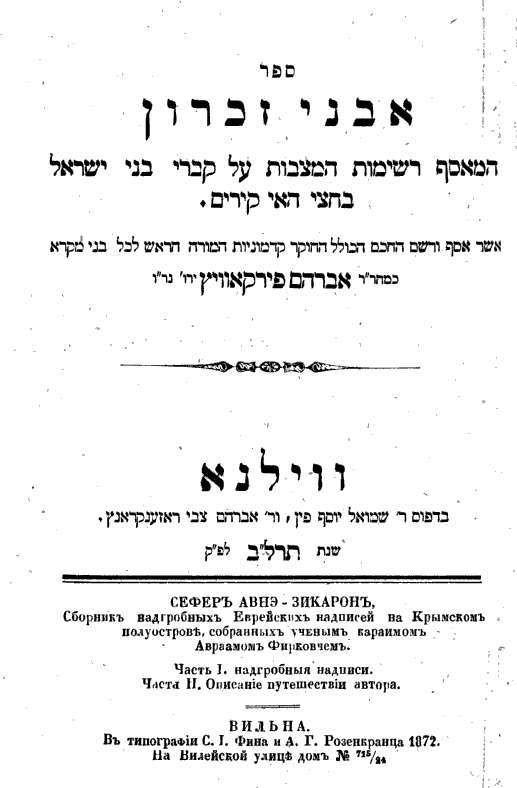
The author (1786-1874):
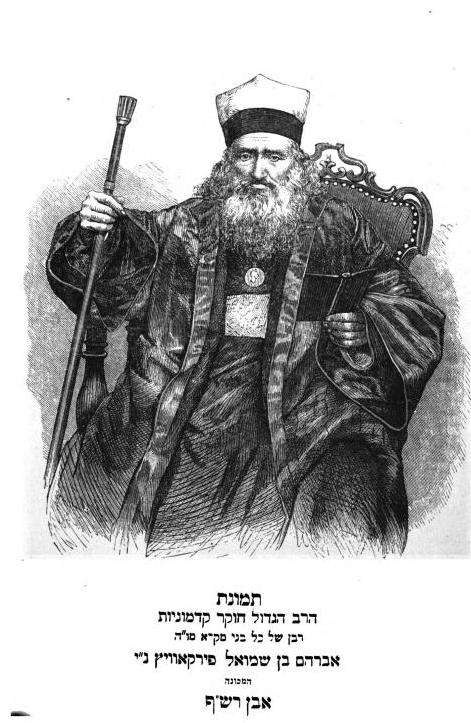
The book included facsimiles of medieval Crimean tombstones. Here's a sample:
The subscriber list includes R. Shmuel Strashun (the Rashash):

and among the approbations is the following letter from R. Raphael Nathan Nata Rabbinowich, compiler/ author of Didkduke Sofrim (incl. Maamar al ha-defasat ha-Talmud):
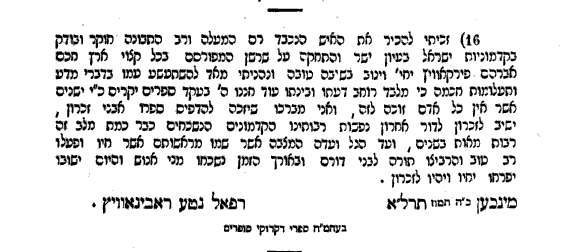
There's even one from a Soloveitchik, this one with a famous family first name:
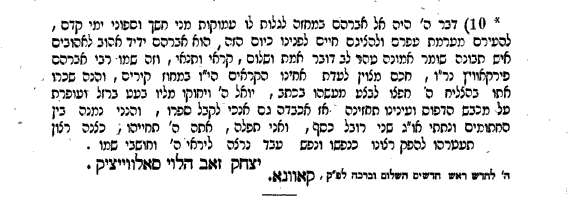

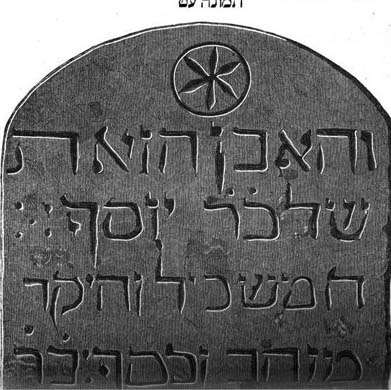

How indeed did he get these haskamas?
ReplyDeleteI'm assuming that the last screenshot is not the Brisker Rav himself, as he lived much later. Correct?
his great-grandfather
DeleteThe Karaites and the Rabbanites enjoyed excellent relations in Trakai (Lithuania)and its environs. It's really remarkable and someone needs to do more research about this.
ReplyDeleteinteresting
ReplyDeleteAll the more remarkable since Firkovich was known as a bit of an unsavory character (he was accused of forgery).
ReplyDeleteConsider the possibility that the haskamas are forged.
ReplyDeleteNah, Rabbinowicz refers to him in complimentary terms in Dikduke Sofrim. I am admittedly not a Firkowicz expert, and I know that Shir accused him of forgery, but the bulk of his forgeries did not come to light until after his death, and he would not have had a reputation as a forgerer while he was alive.
ReplyDeleteIn terms of the rest of this stuff, more to say later.
Wikipedia has a whole list of forgeries this man did. Wow. He actually convinced the Russian Gov't as well.
ReplyDeleteYosef, most of the items in the Firkovich collection are actually NOT forgeries. His forgeries consist of changing the dates on tombstones and perhaps adding some material to certain ancient colophons to Manuscripts. Most scholars today agree that the 'forgery charge' was grossly exaggerated.
ReplyDeleteMethinks the communities of the Caucasus and the Krymchaks (Rabbanite Jews of Crimea) owe him a great deal of gratitude (in retrospect) for saving their heritage from later Nazi looters.
Not to mention the large collection he acquired from the Samaritans at Nablus, which would probably have been lost or looted by hostile Muslim and Ottoman rulers.
ReplyDelete